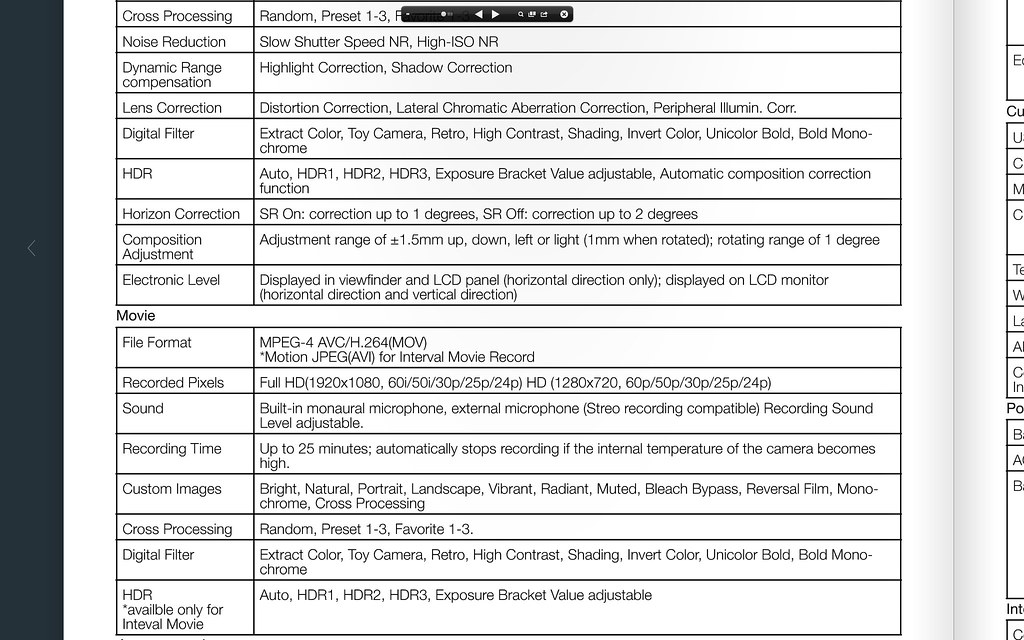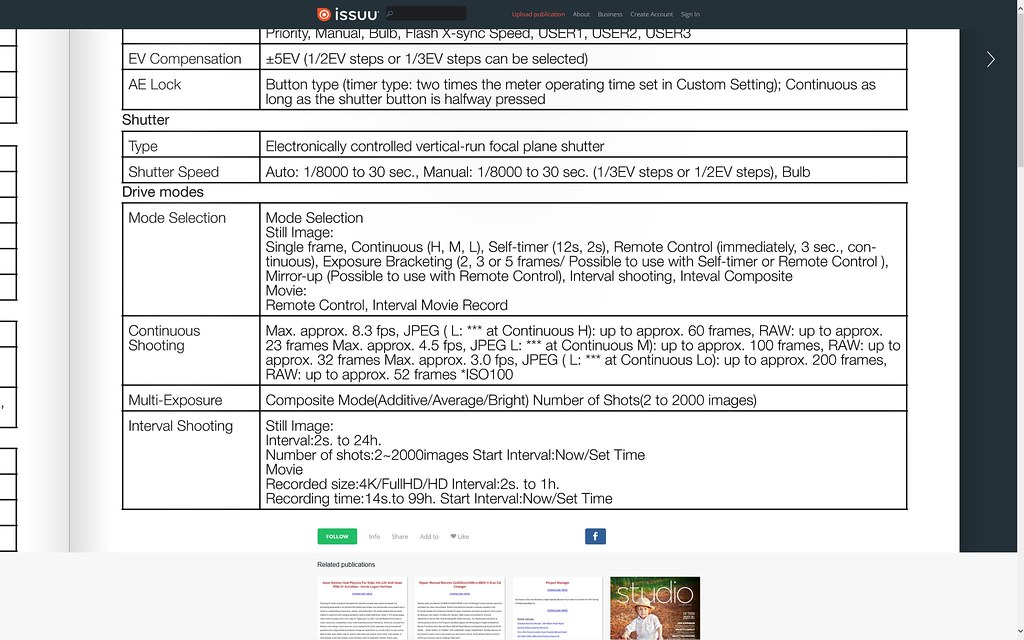 Originally posted by rawr
Originally posted by rawr 
On film, yes.
But the metering system in a digital camera may potentially do more than that. A digital image isn't fully baked at the point of shutter click, even in camera.
The final shutter 'click' may certainly force the camera to execute a particular aperture, shutter speed and ISO. However, the settings recorded at 'click' time are based on a calculation derived from data continuously fed to the camera CPU from all 77 (or more) segments of the metering system. You can see all this data recorded in the EXIF. Since data was recorded from every metering segment at the 'click' point, there seems little to stop the camera making post-capture selective adjustments (within bounds - ie subject to sensor DR) to the saved image based on the camera's full library of 77 (or more) EV readings taken from the scene at the 'click' moment. Theoretically you could even do this for every pixel or line of pixels on the sensor, as
a recent patent highlights.
But that is just post processing, even if it is done in the camera. It does not in any way affect the data as it comes off the sensor. The data coming off the sensor depends only on how much light has hit a particular pixel and what the amplifier gain was set to (the ISO). The amplifier gain cannot be varied during the readout.
So what you have is a raw image which records exactly what light fell onto the sensor and then the camera can post process that data. It can create prtty HDR effects but it cannot recover the level of detail that a true DR shot can because that detail would not exist at all in the data read off the sensor. The three picture way of doing it actually adds to the bit-depth of the image. If you have a +3/0/-3 set then you are effectively getting an 18 bit image from the three 14 bit images (in theory 20 bits but not in practice). In other words you have more to work with.
It all depends on what you are trying to achieve with HDR. If it is an artistic effect it is one thing but if you want to capture an iage that has a dyamic range fr greaer than the actual dynamc rage of the sensor then multiple shots is the only way.
I am not saying that a sensor could not be built that would apply different amplifier gain to different groups of pixels (based on the results of a multi-K exposure meter). Such things do exist in prototype form and even in some one of a kind imaging systems but are still far from being implemented in mass produced sensors. The patent you mentioned being one example. Patenting an idea is one thing, and perhaps even building one off prototypes but designing one for mass production is a whole different thing.
We will eventually get such sensors but not just yet.


 Similar Threads
Similar Threads 
























